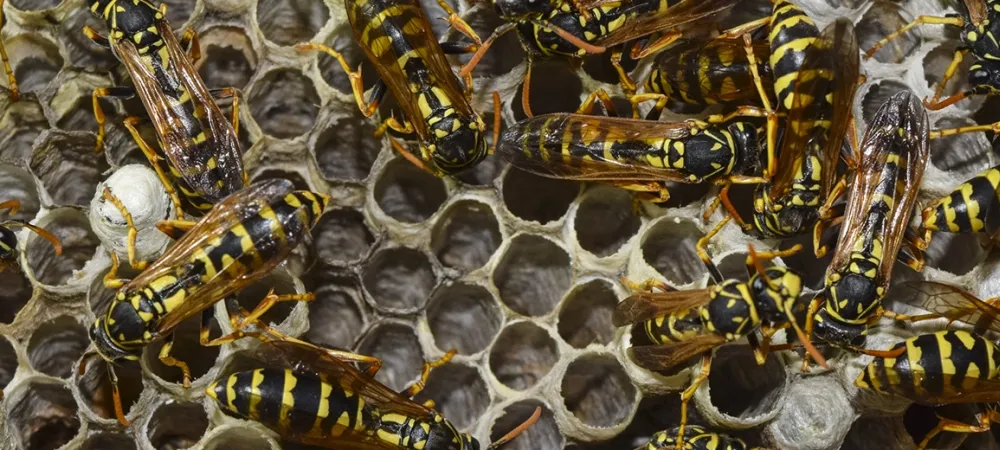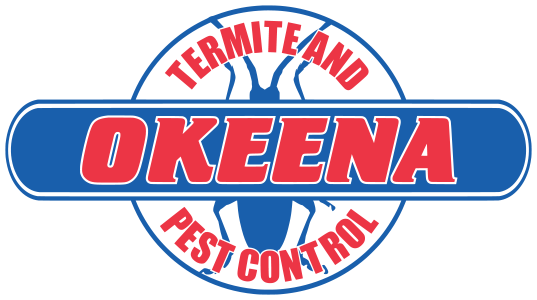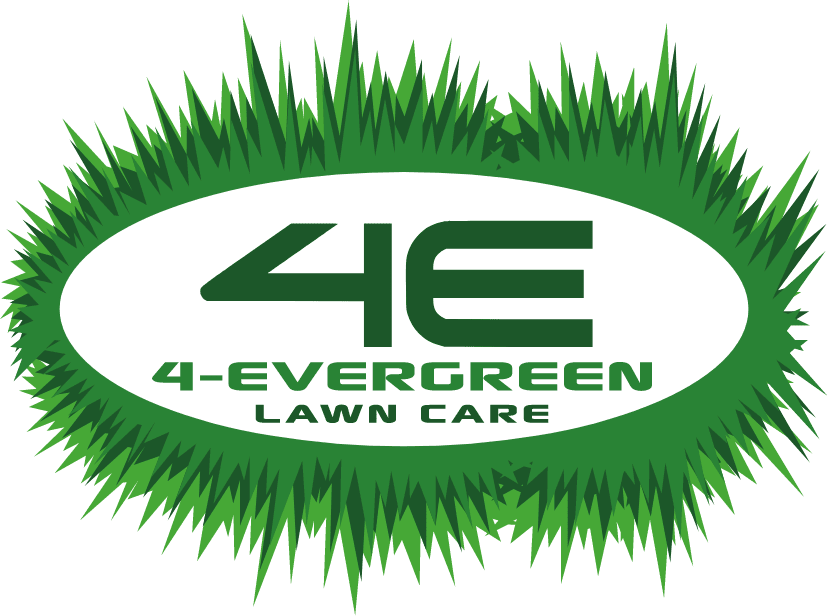How To Get Rid of Wasp Naturally

As summer approaches, enjoying outdoor spaces becomes a priority for many families. However, the presence of wasps can pose a safety risk, especially with children around. Here’s a comprehensive guide on natural wasp deterrents to help you keep your home and family safe without relying on harsh chemicals.
1. Placing Wasp Traps
Effective wasp traps can help manage and reduce the population of wasps around your home and outdoor spaces.
The most common types of commercial wasp traps include:
- Baited Traps: These traps use attractants such as sugar water, fruit juice, or commercial wasp attractants to lure wasps into the trap. Once inside, the wasps drown in a liquid or get trapped in a container.
- Disposable Bag Traps: These traps consist of a bag with an attractant inside. Wasps enter the bag through a small hole but are unable to find their way out.
- Electric Traps: These traps use UV light to attract insects, including wasps, which are then trapped and killed by an electric grid.
These common types of traps can be purchased at local hardware stores or online.
How To Make A DIY Wasp Trap
Materials:
- Empty plastic bottle (such as a soda bottle)
- Sharp knife or scissors
- Sugar water or other attractant
- Tape
Instructions:
- Cut the top third of the bottle off.
- Invert the top part and place it inside the bottom part of the bottle to create a funnel shape.
- Tape the edges to secure.
- Fill the bottom of the bottle with sugar water or other attractant.
Wasps will be attracted to the scent and enter through the funnel but will have difficulty finding their way out.
Tips for Using Wasp Traps
- Placement: Place traps away from outdoor living areas but near where wasps are most active, such as near garbage cans, fruit trees, or garden areas.
- Maintenance: Check and empty traps regularly to prevent them from overflowing or becoming less effective.
- Safety: Place traps out of reach of children and pets. Consider using baits that are non-toxic if placed in areas accessible to animals.
By using these effective traps, both commercial and DIY, you can help manage wasp populations around your home and enjoy outdoor spaces more comfortably during peak wasp seasons.
2. Hanging Fake Wasp Nests
Hanging wasp deterrents, such as fake nests, can be effective in deterring wasps from building nests near your home or outdoor living spaces. Fake wasp nests mimic the appearance of real wasp nests, which signals to territorial wasps that the area is already occupied. Wasps are naturally territorial and tend to avoid areas where other colonies are established to prevent conflicts.
You can purchase pre-made fake nests from your local hardware store. These are typically made from paper or other materials and are designed to resemble real wasp nests. They can be easily hung in trees, under eaves, or in outdoor structures.
Alternatively, you can make your own fake wasp nests.
How To Make A DIY Paper Bag Wasp Nest - Accordion
Materials:
- Brown paper bag or lunch bag
- String or wire for hanging
- Optional: Crumpled paper or plastic bags for filling
Instructions:
- Crumple up the paper bag to give it a textured appearance similar to a wasp nest.
- Tie a piece of string or wire around the neck of the bag to create a hanger. Hang it in areas where wasps are active, such as near windows, under eaves, or in the corners of your porch.
- For added realism, you can stuff the bag with crumpled paper or plastic bags before hanging it. This helps to maintain its shape and makes it look more like a real wasp nest.
By using hanging wasp deterrents like fake nests or homemade paper bag nests, you can effectively discourage wasps from nesting near your home and reduce the likelihood of encounters with these stinging insects.
3. Using Essential Oils
Using essential oils is a natural and effective way to deter wasps from your home and outdoor spaces.
The most effective essential oils for DIY wasp repelling include:
- Peppermint oil
- Lavender oil
- Eucalyptus oil
- Tea Tree oil
- Citronella oil
- Lemongrass oil
- Clove oil
- Rosemary oil
How To Make Your Own Wasp Spray Using Essential Oils - Accordion
Materials:
- Essential oils (choose from the list above)
- Water
- Spray Bottle
- Optional: Witch hazel or vodka (to help disperse oils in water)
Instructions:
- Choose Essential Oils: Select one or more essential oils known to repel insects. See the list below for effective options.
- Mixing Ratio: In a spray bottle, combine 10-15 drops of essential oil (or a combination of oils) with 1 cup of water. If desired, add 1 teaspoon of witch hazel or vodka to help the oils disperse in the water.
- Shake and Mix: Close the spray bottle and shake well to thoroughly mix the ingredients.
How To Apply The Essential Oil Spray:
- Target Areas: Apply the homemade wasp repellent to outdoor seating areas, picnic tables, and other areas where you spend time outdoors.
- Frequency: Reapply the spray every few days or after rainfall, as water can dilute its effectiveness.
- Safety: Essential oils are potent. Avoid spraying directly on skin, and keep out of reach of children and pets. Test the spray on a small area before widespread application to ensure it doesn’t damage surfaces.
- Combine Methods: Use essential oil sprays in conjunction with other natural deterrents, such as hanging decoys or maintaining a clean outdoor area to discourage wasps.
- Persistence: Wasps can be persistent, especially during warmer months. Consistent application of the natural repellents will help maintain its repellent effect.
4. Applying Vinegar
Vinegar, especially white vinegar, has a strong odor that wasps find unpleasant. This scent disrupts their ability to locate food sources and can deter them from nesting or lingering in areas where vinegar is applied. Additionally, vinegar is non-toxic to humans and pets, making it a safe alternative to chemical-based repellents.
You can use vinegar as a deterremt by making a spray using equal parts vinegar and water or soaking cotton balls in vinegar and playing them in areas where wasps are frequently seen. Though white vinegar is the most effective, you can also use apple cider vinegar.
5. Positioning Plants
Using plants to naturally deter wasps can be a beneficial and eco-friendly approach to reducing their presence around your home and outdoor spaces. Certain plants emit scents or contain compounds that repel wasps, making them a natural deterrent.
Here are some common garden plants you can consider planting to help keep away wasps:
- Mint
- Basil
- Lemongrass
- Marigolds
- Lavender
- Citronella
- Wormwood
Plant these deterrent plants in areas where wasps are most active, such as near outdoor dining areas, windows, and doors. By incorporating these plants into your landscape and garden, you can naturally help reduce the presence of wasps around your home while promoting a healthy and vibrant outdoor environment.
6. Sealing Food Sources
Sealing off potential food sources is a crucial step in preventing wasps from being attracted to your outdoor living spaces and home. Wasps are drawn to sugary substances and food scraps, making proper food management essential in reducing their presence.
Here are effective methods for sealing food sources to deter wasps:
- Keep Outdoor Eating Areas Clean: After outdoor meals or gatherings, promptly clean up any food and beverage spills. Wasps are attracted to leftover food and sugary drinks. Make sure to also clean outdoor grills after use.
- Use Sealed Containers: Store garbage and recycling in tightly sealed containers with secure lids. Ensure bins are not left open, especially during warmer months when wasp activity is high. Make sure to empty and clean out outdoor garbage cans regularly.
- Cover Food and Drinks: When dining outdoors, use tightly fitting lids or covers for food and drink containers. This prevents wasps from accessing food and reduces the attraction of sugary smells.
- Store Fruit Properly: If you have fruit trees or keep fruit outdoors, harvest ripe fruit promptly and store it in sealed containers or in the refrigerator. Overripe fruit is a significant attractant for wasps.
- Avoid Leaving Pet Food Outdoors: If you have pets that eat outdoors, remove their food bowls once they have finished eating to prevent attracting wasps.
- Monitor and Clean Bird Feeders: Bird feeders can attract wasps if they become coated with sugary residues. Clean feeders regularly and remove spilled seed from the ground.
7. Calling Professional Pest Control Services
Getting professional pest control experts to manage wasps can be highly effective, especially for dealing with large infestations or recurring problems. Backed by over 64 years of local experience, Okeena Termite and Pest Control has the tools and expertise to safely remove wasps nets. With a detailed site inspection and targeted treatment plan, our team of exterminators can effectively get rid of your wasp infestation, as well as provide personalized advice to prevent future infestations. Contact our team today to learn more about our pest management strategies.
FAQ About Wasps
What Attracts Wasps?
Wasps are attracted to a variety of factors, primarily related to their dietary needs and nesting preferences. Understanding what attracts wasps can help homeowners take proactive measures to deter them effectively:
- Sugary Substances: Wasps are particularly drawn to sweet foods and beverages. This includes fruits, sugary drinks, and even human foods like desserts and sodas left outdoors.
- Proteins: Wasps also seek out protein sources such as meats and pet food. They may scavenge for leftovers or be attracted to open garbage cans containing food scraps.
- Bright Colors: Bright, floral patterns and certain colors may attract some species of wasps, although this factor is less significant compared to food and scent cues.
- Strong Odors: Certain scents can attract wasps, including perfumes, scented candles, and strong-smelling flowers.
- Ripe Fruits: The scent of ripe fruits can attract wasps looking for a sweet meal.
- Sheltered Areas: Wasps prefer to build their nests in sheltered, protected locations. Common nesting sites include under eaves, in attics, inside wall voids, bushes, and even underground in rodent burrows or soil cavities.
- Water Sources: While not a primary attractant, some wasps are also attracted to sources of water, especially in dry conditions.
What Are The Most Common Types Of Wasps In Tennessee?
In Tennessee, some of the most common types of wasps you may encounter include:
- Paper Wasps (Polistes spp.): Recognizable by their slender bodies and long legs, paper wasps are known for their papery nests often found under eaves, in attics, or in shrubbery.
- Yellowjackets (Vespula spp. and Dolichovespula spp.): These aggressive wasps are often identified by their yellow and black markings. They build nests in the ground, wall voids, or in attics and are known for their painful stings.
- Bald-faced Hornets (Dolichovespula maculata): Larger than yellowjackets, bald-faced hornets are black with white markings. They construct large, spherical paper nests usually in trees or on structures.
- Cicada Killers (Sphecius speciosus): These large wasps are known for preying on cicadas. They dig burrows in sandy soil, typically in sunny locations.
- Mud Daubers (Sphecidae family): These solitary wasps are named for their habit of constructing nests from mud. They are typically non-aggressive and are beneficial as they prey on spiders.
These are some of the common wasp species found in Tennessee, each with distinctive behaviors and nesting habits. Understanding their characteristics can help in identifying and managing potential encounters around your home and property.
Can You Use Soap And Water To Get Rid of Wasps?
Yes, soap and water can be an effective method to get rid of wasps. Soap reduces the surface tension of water, causing wasps to drown when they come into contact with it. This method is non-toxic and environmentally friendly.
Here’s how to use it:
Materials Needed:
- Shallow container
- Water
- Liquid dish soap
Instructions:
- Fill a shallow container halfway with water.
- Add 1/2 a tablespoon of dish soap and stir gently to mix.
- Place the trap in areas where wasps are active or entering your home.

